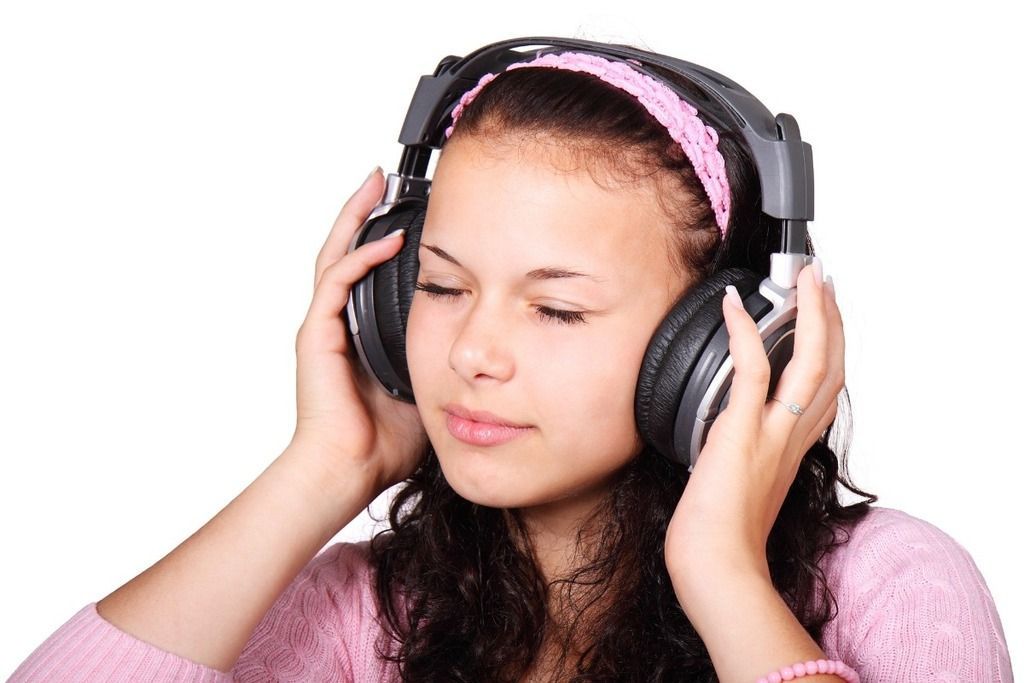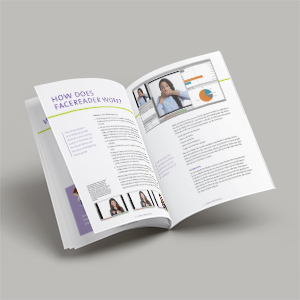Consumer behavior research in the spotlight: consumption behavior

Why do we drink less when watching gut-wrenching movies? How does exposure to moral violations influence consumption?
Posted by
Published on
Fri 27 Mar. 2020
It has never been said that humans are immune to the emotional effects of lying, stealing, and cheating, but the majority of us are not easily fazed since we encounter this type of thing every day. It might only be a fragment of a movie we are watching: morally offensive acts such as crime and deception are all around us on the news, in the papers, and on the streets.
Cindy Chan and her colleagues (Department of Marketing, Wharton Business School, University of Pennsylvania) posed the question: How does exposure to moral violations influence consumption? The researchers explain that, for example, people may drink less coffee while reading the Sunday paper’s exposé of corporate fraud, a violation of ethical business practices. Or people may consume less candy at the theater while watching Wall Street, a film that portrays destruction, crime, and greed.
Consumer behavior research: investigating disgust
To find answers, Chan and colleagues started by investigating disgust. Why this emotion? When confronted with disturbing scenarios, people often feel disgusted and exhibit this disgust in their faces. Core disgust involves for example facial activity such as nose wrinkling, upper lip retraction, and gaping; and disgust also produces distinct behavioral responses, including withdrawal from or avoidance of food intake (Ekman & Friesen 1975, 1978). The researchers explain that if moral disgust is grounded in core disgust, then moral disgust should elicit a similar multi-model response profile, including reduced oral consumption. In order to investigate this missing piece of critical evidence, they set up three types of experiments.
Three experiments
Cindy Chan and colleagues tested whether people involved in situations where moral principles were violated consumed less than those in control conditions. The tasks included:
- watching a film portraying incest
- writing about cheating or theft
- listening to a report about fraud and manipulation
In all three experiments, self-reports were used to measure the level of disgust of the participants. For example, in the film experiment participants were asked to report how offended they felt after watching the movie. In the second experiment the researchers took the scores participants gave the characters in their own made up story (was the character in any way involved in something immoral, unfair, and harmful?) and calculated an index of moral violation by averaging scores on immorality, unfairness, and harmful behavior. Both in the first and second experiments, the researchers found that a higher level of moral violations correlated with reduced oral consumption.
The third experiment involved listening to a report about fraud and manipulation: a clip about the London Interbank Offered Rate (LIBOR) scandal, in which banks were described as engaging in deceitful activities to manipulate interest rates. In the control condition, participants heard a similar recording about the LIBOR scandal; however, the story was told from a different angle and was described as the effect of unintentional errors. Another group listened to a recording of Mazurka No. 10 in B Flat Major Op. 17-1, a classical piano piece by Chopin.
As with the other two experiments, the researchers aimed to create a typical consumer experience in this case: listening to the radio while drinking a beverage. Participants were asked to imagine themselves having breakfast and listening to the radio.
Using automatic facial expression analysis to measure disgust
In the listening experiment, in addition to self-reports, participants’ faces were video recorded and analyzed. Chan et al. used FaceReader to observe facial expressions of disgust in both the experiment and control conditions. The FaceReader software measures seven emotional expressions for every video frame in which it can find and classify a participant’s face: disgusted, scared, sad, angry, surprised, happy, and neutral.

FaceReader measurements showed that when participants were listening to the scandalous news story, the emotion they most frequently expressed was disgust – whereas no significant differences were found concerning the other 6 facial expressions measured.
As in the previous two experiments, these results indicated that participants drank less when exposed to morally unacceptable situations.
Moral disgust influences consumption
The researchers conclude that moral disgust influences consumption in ways similar to core disgust, and thus provides evidence for the link between moral violations, emotions, and consumer behavior. One last word from Cindy Chan and her colleagues: This research highlight a psychological truth in the metaphorical observation that moral violations “leave a bad taste” in one’s mouth.
Reference
Chan, C.; Van Boven, L.; Andrade, E.B.; Ariely, D. (2014) Moral violations reduce oral consumption. Journal of Consumer Psychology, 24 (3).
Related Posts

Consumer research – what determines food satisfaction?

How to increase attention in commercials for Gen-Z

